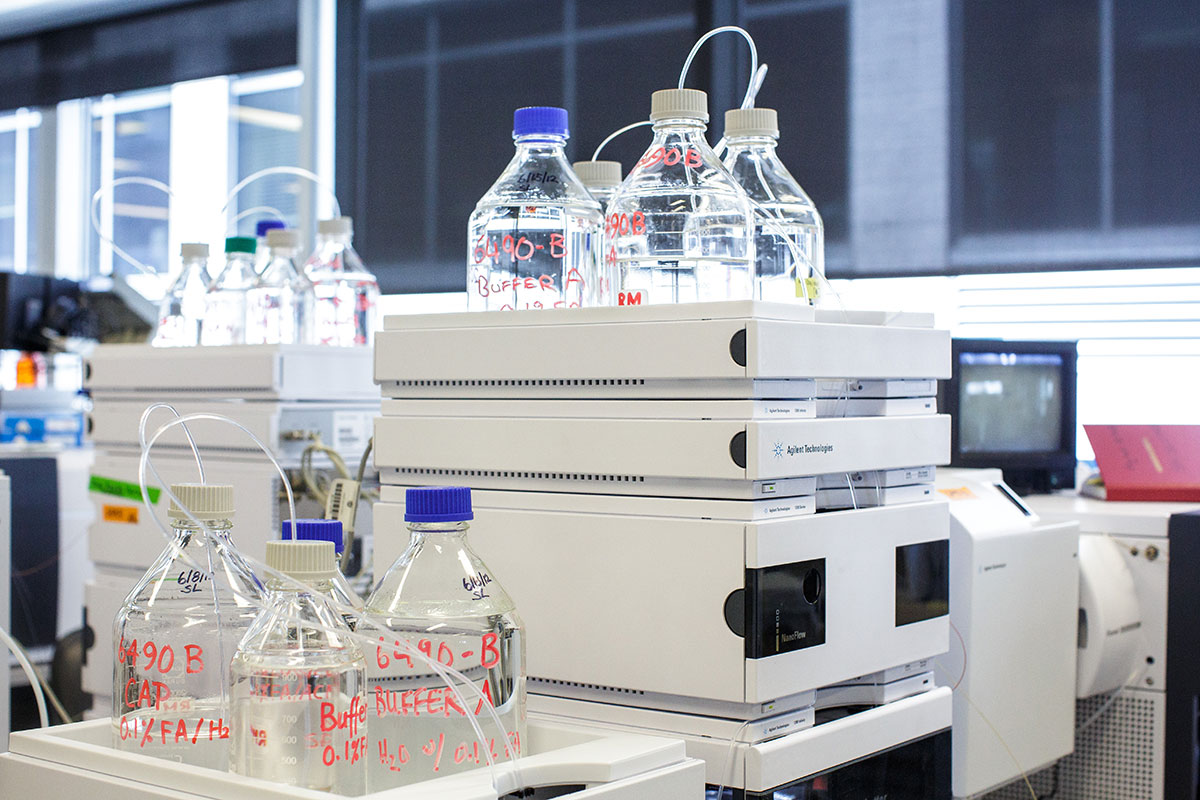This website uses cookies so that we can provide you with the best user experience possible. Cookie information is stored in your browser and performs functions such as recognising you when you return to our website and helping our team to understand which sections of the website you find most interesting and useful.
High‑Stringency Human Proteome Blueprint Released
at the Institute for Systems Biology

HUPO Releases 10-Year High-Stringency Blueprint of Human Proteome
Like the draft “shotgun” Human Genome Project of the Human Genome Organization (HUGO), the HPP has now reached a significant decadal milestone of more than 90 percent completion of the Human Proteome that is referred to as the human proteome “parts list.”

Malaria Researchers’ Findings May Have Implications for Preventing Spread of Deadly Disease
ISB researchers and their collaborators are using systems biology approaches to learn how the malaria parasite is able to transfer to humans via the bite of an infected mosquito. The information they have uncovered may help identify new ways to prevent people from contracting the deadly disease.

ISB’s Moritz Lab Lands NIH Grant to Study Lyme Disease
ISB’s Moritz Lab has received research funding totaling nearly $525,000 from the National Institute of Allergy and Infectious Diseases of the National Institutes of Health to develop “novel peptide based biomarkers for Lyme disease diagnostics.”
ISB’s proteomics research in the spotlight
Microsoft Research recently deployed a video crew to come to ISB to speak with our researchers about proteomics and sharing peptide data. A story featuring the video was published on the Microsoft Research blog.

Promotion: Michael Hoopmann Becomes Senior Research Scientist
Congratulations to Dr. Michael Hoopmann, of the Moritz Lab, who has been promoted to Senior Research Scientist. His research is focused on proteomics technology and methods development, having been trained in both instrumentation and software data analysis, with particular focus on high-resolution mass spectrometry. His current interests are in the development of advanced algorithms for discovery-based proteomics. He is the developer of the Kojak algorithm, a versatile, open-source software application…

‘A Better Blood Test for Liver Damage’
Chemical & Engineering News highlighted ISB’s recent publication (Identifying Organ-Specific Blood Biomarkers for Acute Liver Injury) in the Journal of Proteome Research. “For many years, clinicians have relied on assays for two enzymes, alanine aminotransferase (ALT) and aspartate aminotransferase (AST), to detect liver injury. These biomarkers have limitations, says Leroy Hood of the Institute for Systems Biology, such as a short half-life and a tendency to underreport damage in certain…



